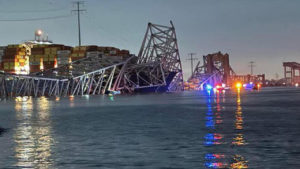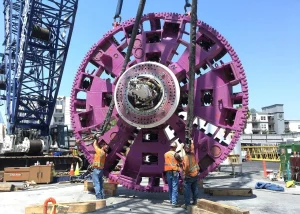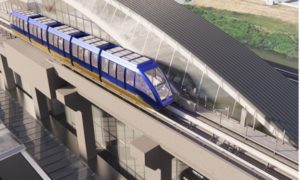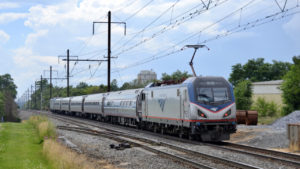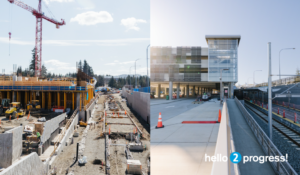AECOM-led team selected by Amtrak to support the development of the $1.5 billion Susquehanna River Rail Bridge Project
Written by David C. Lester, Editor-in-Chief
DALLAS -- today announced that an AECOM-led team has been selected by Amtrak to support the development of the Susquehanna River Rail Bridge Project (SRB).
The project aims to improve rail connectivity and safety along the U.S. Northeast Corridor by replacing the existing 117-year-old two-track bridge located in Maryland with two new bridges that will increase capacity and improve reliability of both freight and passenger trains.
“The complexity of the Susquehanna River Rail Bridge Project requires a team that connects global expertise with local perspective and brings together the right disciplines and resources,” said Bane Gaiser, chief executive of AECOM’s U.S. East and Latin America region. “We’re honored to continue our long-standing partnership with Amtrak to support them in delivering high-quality, on-time, state of-the-art infrastructure that will transform transportation for the region.”
In this role, AECOM will provide a range of professional services, including project management, design coordination, stakeholder coordination, and schedule management. The Company will lead a strong technical team of subconsultants, including Disadvantaged Business Enterprise firms (DBEs). By partnering with DBE firms, AECOM aims to create opportunities for individuals facing social and economic disadvantages to actively participate and benefit from the economic growth generated by this project.
“With our vast expertise in creating advanced transportation systems worldwide, we are committed to utilizing cutting-edge technology to ensure safe and dependable transportation with faster passenger travel times,” said Mark Southwell, chief executive of AECOM’s global Transportation business. “Improving rail options across the U.S. is crucial for the nation’s advancement, and the new Susquehanna River Bridge will do just that by reducing trip times and improving reliability for passenger and freight trains that rely on this critical connection.”

